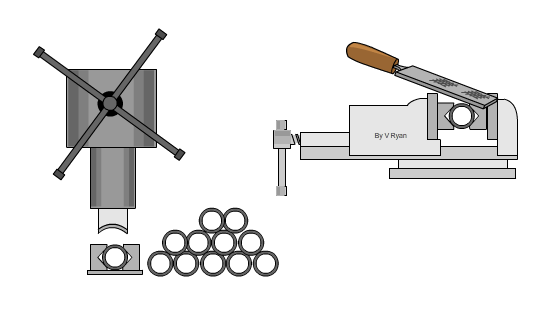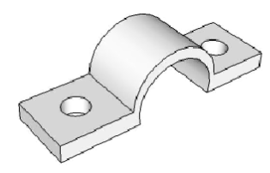|
The folding table is essentially composed of three parts, the table top, the legs and aluminium/steel fittings. The top is manufactured through a process called injection moulding. HDPE (high density polyethylene) is ideal for this type of manufacturing technology (see diagram below) |
||
| SIMPLIFIED DIAGRAM | ||
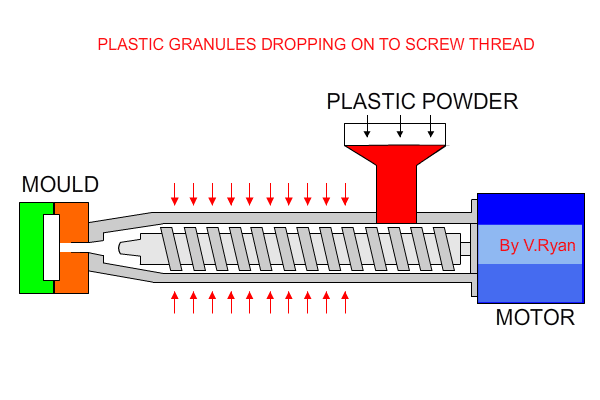 |
||
| The diagram below shows the table top inside the cooling mould. When the mould opens the HDPE top is taken out. Only a small amount of trimming and smoothing is needed before the top is ready to fit to the legs. | ||
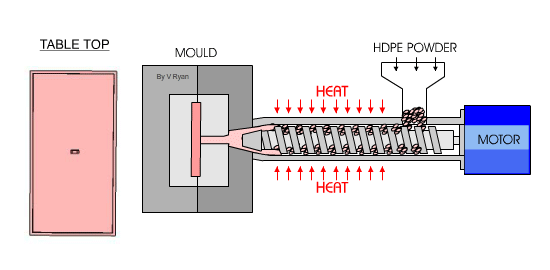 |
||
|
ALUMINIUM/STEEL LEGS: The legs are manufactured from
either aluminium or steel round section tube. The tube is first cut to
length using a hacksaw or if speed is important a powerful tube cutter is
used. This is more like a guillotine which slices through steel or
aluminium with ease. |
||
|
|
||
| A pipe/tube bender is then used to produce the tight curves. | ||
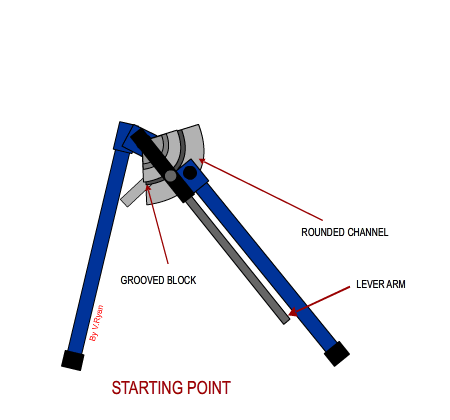 |
||
|
ALUMINIUM / STEEL FITTINGS: The fittings are
manufactured through the casting procedure. Molten aluminium or steel is
poured into a special mould and allowed to cool. When taken from the mould
rough edges are removed and they are ready for fixing to the table top
with self-tapping screws. |
|
|
|
|
||
| CLICK HERE FOR RESISTANT MATERIALS INDEX PAGE | ||
